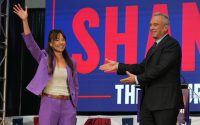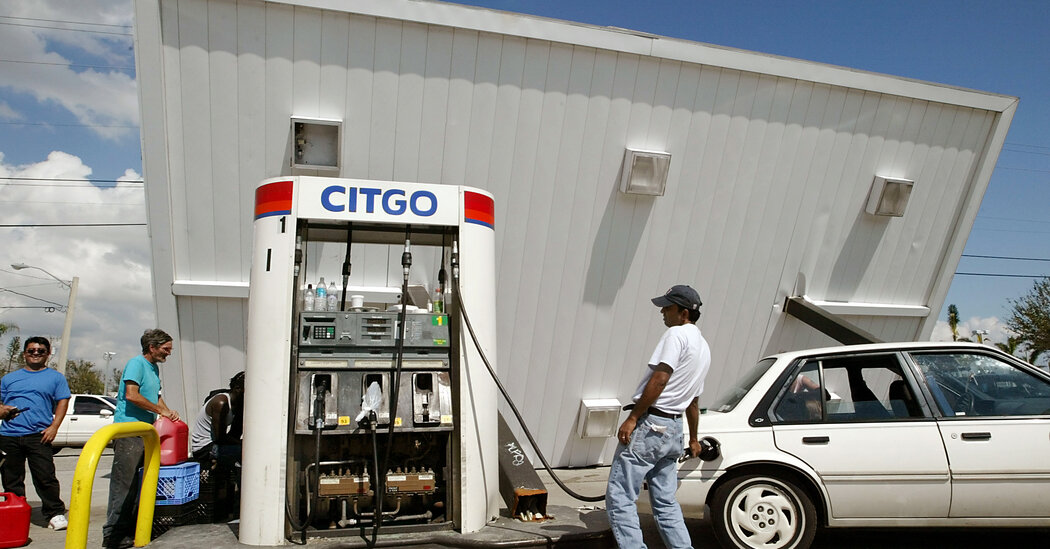Consumer Spending Rose More Than Expected in April
Americans’ income and spending both rose in April, a sign of economic resilience amid rising prices and warnings of a possible recession.
Consumer spending increased 0.8 percent in April, the Commerce Department said Friday. The uptick followed a two-month slowdown in spending and exceeded forecasters’ expectations, as Americans shelled out for cars, restaurant meals, movie tickets and other goods and services.
After-tax income rose 0.4 percent, fueled by a strong job market that continues to push up wages and bring more people into the work force. Data from the Labor Department this month showed that Americans in their prime working years were employed in April at the highest rate in more than two decades.
Separate data released by the Commerce Department on Friday showed that a key measure of business investment also picked up in April, a sign that corporate executives aren’t expecting a major slump in demand in coming months.
Consumers’ resilience is a mixed blessing for officials at the Federal Reserve, who worry that robust spending is contributing to inflation, but who also don’t want it to slow so rapidly that the economy falls into a recession. The gradual slowdown in spending seen in recent months is broadly consistent with the “soft landing” scenario that policymakers are aiming for, but they have been wary of declaring victory too soon — a concern that April’s data, which showed persistent inflation alongside stronger spending, could underscore.
“The odds of a recession dropped again,” wrote Robert Frick, corporate economist with Navy Federal Credit Union, in a note to clients on Friday. “The one problem from the report is inflation remains stubbornly high, and may tempt the Fed to raise the federal funds rate even more, when a pause was on the table,” he added, referring to the upcoming meeting of policymakers in June.
It is unclear how long consumers can continue to prop up the economic recovery. Savings that some households built up in the pandemic have begun to dwindle, and there are signs companies are beginning to pull back on hiring. The standoff over the debt limit could further sap the economy’s momentum, although there were signs on Thursday evening that leaders in Washington were closing in on a deal to avert a default.


